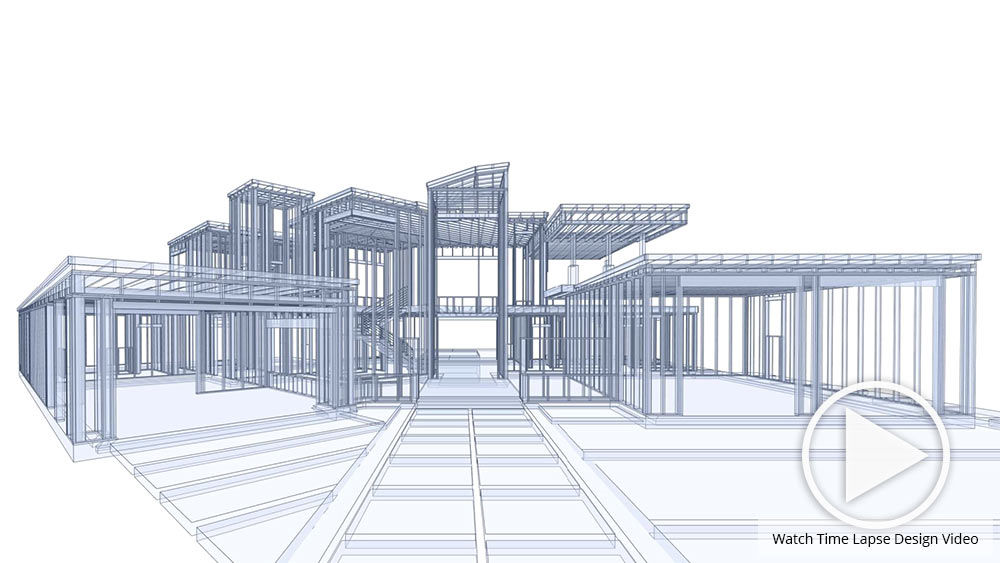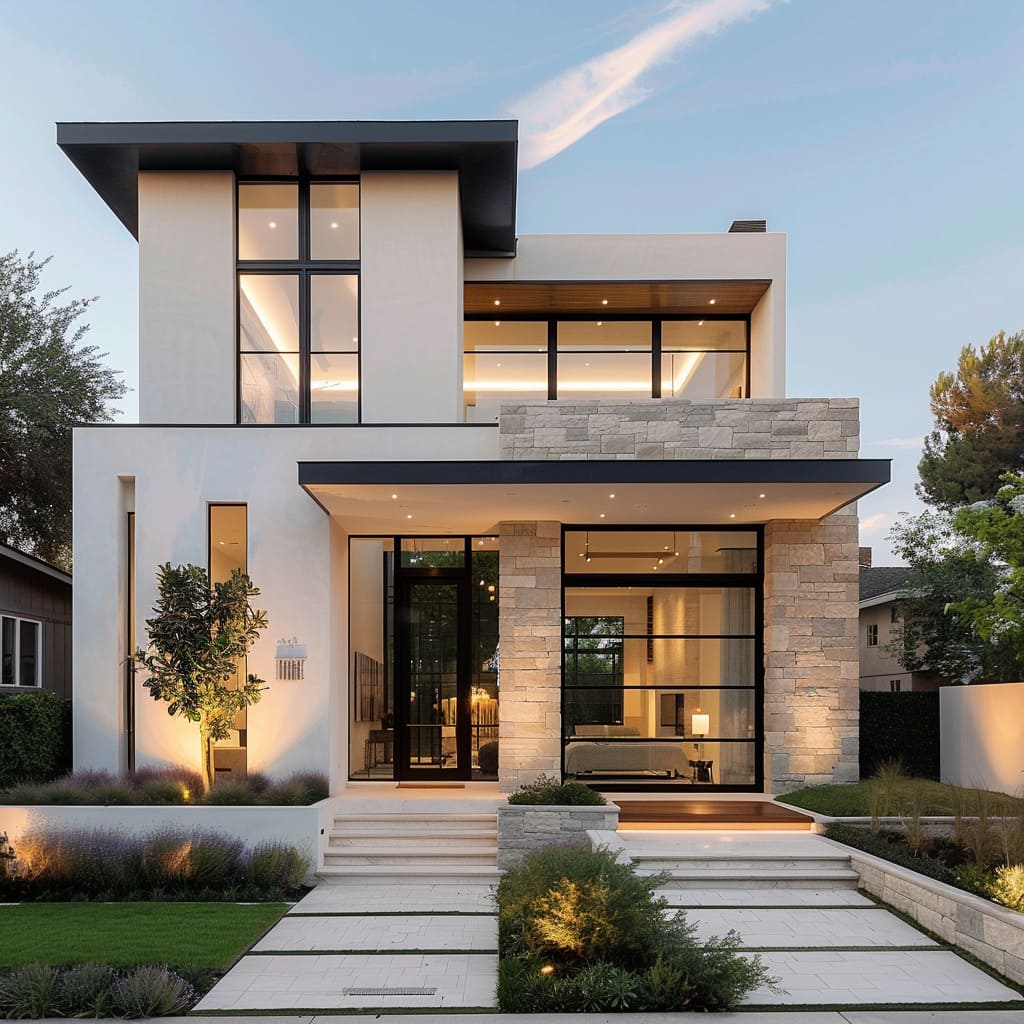Elevate Your Structure Layout with the Knowledge of CDA Architects
Elevate Your Structure Layout with the Knowledge of CDA Architects
Blog Article
Recognizing the Collaborative Process Between Architects and Engineers in Modern Building Projects
The joint process between designers and designers is vital in modern-day construction tasks, as it balances design intent with engineering usefulness. This partnership not just influences the aesthetic and functional aspects of a job yet also plays a critical duty in resolving sustainability difficulties. By using efficient interaction techniques and leveraging sophisticated innovations, such as Structure Information Modeling (BIM), teams can work extra cohesively. The ins and outs of this cooperation typically existing special difficulties that can hinder development. Checking out these dynamics reveals insights that might considerably impact project results and total sector requirements. cda architects.
The Importance of Collaboration
The joint harmony between designers and engineers is essential for the successful awareness of any kind of building project. This collaboration unites distinctive expertise and point of views, enabling the assimilation of innovative layout with functional design services. By working together, engineers and engineers can ensure that a job not just satisfies visual and useful requirements but also adheres to safety and security, sustainability, and financial restraints.
Partnership promotes a common vision, facilitating the positioning of objectives and expectations from the start. This positioning is essential in dealing with potential obstacles and mitigating threats that might arise during the task lifecycle. Moreover, a collective strategy permits the effective appropriation of sources, optimizing both time and expense.
The relevance of collaboration encompasses the iterative procedure of layout and building, where comments from engineers can notify architectural decisions, resulting in more viable and sustainable styles. Alternatively, architects can influence designers to assume creatively about exactly how to attain architectural integrity without compromising artistic intent. Ultimately, the joint relationship in between engineers and engineers is not simply valuable; it is basic to the development of high-quality, functional, and cutting-edge developed environments that meet the demands of society.
Interaction Techniques and Devices
Efficient communication techniques and devices are important for promoting cooperation between designers and designers throughout the task lifecycle. Developing clear channels of interaction is essential to make certain that all employee are lined up with project objectives, timelines, and obligations. Routine meetings, both in-person and online, supply opportunities for stakeholders to talk about progress, address problems, and make informed choices.

Furthermore, adopting joint interaction tools, such as Slack or Microsoft Teams, permits for instant messaging, data sharing, and continuous discussions, promoting a more agile feedback to emerging problems. Document management systems likewise play an important role in organizing project documentation, ensuring that all staff member have accessibility to the most recent information.
Shared Goals and Job Vision
A linked project vision functions as the structure for successful partnership in between engineers and engineers (cda architects). This shared vision not only lines up the efforts of both events yet likewise establishes a common framework for decision-making throughout the job's lifecycle. By verbalizing clear objectives, stakeholders can effectively browse the complexities of modern-day building and construction projects, ensuring that both visual and useful needs are satisfied
Developing common objectives involves open dialogue and a comprehensive understanding of each self-control's contributions. Architects commonly concentrate on style intent, spatial partnerships, and individual experience, while engineers emphasize architectural honesty, systems functionality, and conformity with laws. When these point of views are aligned, the result is a natural task that complies with both innovative ambitions and technical feasibility.
Furthermore, a distinct task vision promotes liability amongst staff member, motivating each individual to take possession of their function in achieving the desired outcome. Regular check-ins and collective workshops can better reinforce this dedication, permitting adjustments to be made as the task evolves. Eventually, a shared vision not just enhances teamwork but also elevates the top quality of the final deliverable, causing successful project completion.
The Role of Technology
Leveraging modern technology has actually come to be crucial in enhancing partnership in between architects and designers. Structure Details Modeling (BIM) stands out as a critical technology, enabling both engineers and engineers to create comprehensive 3D versions that envelop blog here design intent and structural stability.
Moreover, cloud-based systems allow seamless partnership, permitting project stakeholders to gain access to and upgrade task information from anywhere. This cultivates a society of openness and responsibility, as changes can be tracked and examined in real-time. Furthermore, mobile applications additional boost communication, supplying on-site teams with immediate access to job specs and updates.
Emerging modern technologies such as expert system and artificial intelligence are additionally starting to contribute in anticipating evaluation, aiding groups determine potential issues prior to they develop. Eventually, the function of modern technology in architecture-engineering partnership not only enhances why not look here workflow efficiencies yet likewise improves development, causing more effective job end results. By embracing these technological advancements, engineers and designers can ensure a more natural and efficient collective process throughout the building lifecycle.
Situation Researches in Effective Partnerships
Various instance research studies show the profound effect of effective collaborations in between architects and engineers on job results. One noteworthy example is the cooperation on the High Line in New York City, where landscape architects, engineers, and metropolitan organizers interacted to transform a deserted rail line right into a vivid public park. This multidisciplinary technique not only enhanced the visual top quality but likewise guaranteed architectural safety and security and environmental sustainability.

The Burj Khalifa in Dubai further shows the importance of collaborative efforts - cda architects. The integration of design and engineering know-how enabled the task group to achieve unmatched heights while sticking to safety guidelines and aesthetic vision
These instances underscore the significance of interaction, depend on, and shared purposes. In today's complicated construction environment, such collaborations are important to navigating challenges and providing jobs that satisfy both useful and visionary goals.
Conclusion
To conclude, the click over here now cooperation in between architects and designers is vital for the success of modern-day building and construction tasks. Reliable interaction strategies, a common task vision, and the assimilation of innovative modern technologies are important parts that facilitate this partnership. By cultivating a culture of liability and leveraging tools such as Building Info Modeling (BIM), groups can navigate task complexities, making certain that aesthetic, useful, and sustainability goals are achieved. Inevitably, this synergy results in innovative and effective job end results.
Report this page